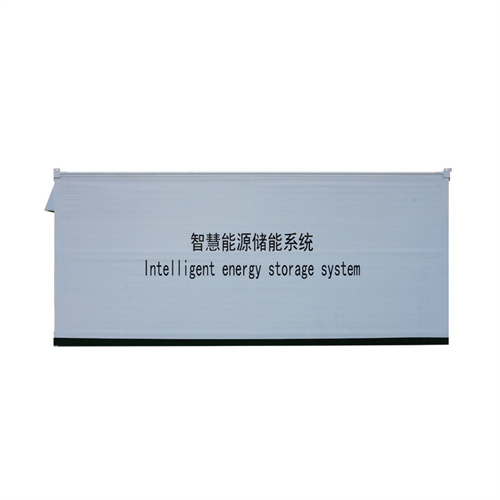
How Does the Design of an LED Flood Light Impact Its Heat Dissipation
An evenly spaced LED array provides consistent brightness and prevents uneven lighting, which can occur when heat impacts certain areas of the light more than others. 5.

How Does Heat Affect Solar Inverters?
As the inverter works to convert DC power to AC power, it generates heat. This heat is added to the ambient temperature of the inverter enclosure, and the inverter dissipates the heat through fans and / or heat sinks. The heat needs

What Are the Effects of Temperature on Solar Panel
Solar panels don''t work well in heat waves due to the temperature-induced decrease in efficiency. As the temperature of the solar panels rises, their power output decreases. During a heat wave, the higher

Heat Generation in PV Modules
A PV module exposed to sunlight generates heat as well as electricity. For a typical commercial PV module operating at its maximum power point, only about 20% of the incident sunlight is converted into electricity, with much of the

How do I calculate the temperature rise in a copper conductor?
But you can start with power dissipation per length to get a feel for whether it is a issue or not. Look up the resistivity of copper and determine what the resistance of 2.5 mm^2 for one foot

How Temperature Impacts Solar Cell Efficiency
When a PV cell is exposed to sunlight, a portion of the solar energy is converted into electrical energy through the photovoltaic effect, while the remaining energy is absorbed as heat. As the temperature of the cell

Solar power 101: What is solar energy? | EnergySage
Solar energy comes from the limitless power source that is the sun. It is a clean, inexpensive, renewable resource that can be harnessed virtually everywhere. Any point where sunlight hits the Earth''s surface has the potential

Effect of Temperature on Solar Panel Efficiency
Silicon and metal are good conductors of heat, contributing to faster buildup of heat inside solar cells. Even though, solar panel manufacturers and installers apply mechanisms to prevent solar panel overheating, in

How Does Heat Affect Solar Panel Efficiencies?
Excessive heat can significantly reduce a solar installation''s power output. Our photovoltaic engineering and design experts offer advice and key tips on avoiding energy loss in array design by helping you understand the basics of a solar

Do PV Solar Panels Need Heat to Generate Power?
Heat Dissipation and Management in PV Panels. Solar panels, like any other equipment, can get hot. So, it''s important for them to have ways to get rid of this heat. This process is called heat dissipation and management.

Concentrated solar power (csp): What you need to know
Concentrated solar power (also known as concentrating solar power or concentrating solar-thermal power) works in a similar way conceptually. CSP technology produces electricity by concentrating and harnessing solar

Synergizing radiative cooling and solar power
A particularly promising enhancement would involve integrating coolant pipelines into the system, which could facilitate the utilization of cooling power and waste heat from the solar panel in next-generation heating,

Ultimate Guide to Solar PCB Boards: Design, Manufacturing, and Heat
Liquid cooling is an advanced technique used to achieve efficient heat dissipation in high-power solar PCB boards. It involves circulating a coolant, typically water or a specialized liquid,

How to Improve the Heat Dissipation Efficiency of a Solar Inverter?
Solar inverters are the core equipment of solar power generation systems. Their main function is to convert the DC power generated by photovoltaic modules into AC power that meets the

Do LED Lights Get Hot? Understanding Heat Generation And Dissipation
Learn about the temperature of LED lights, factors affecting heat generation, and techniques for heat dissipation. Discover the benefits of low heat emission and get tips for